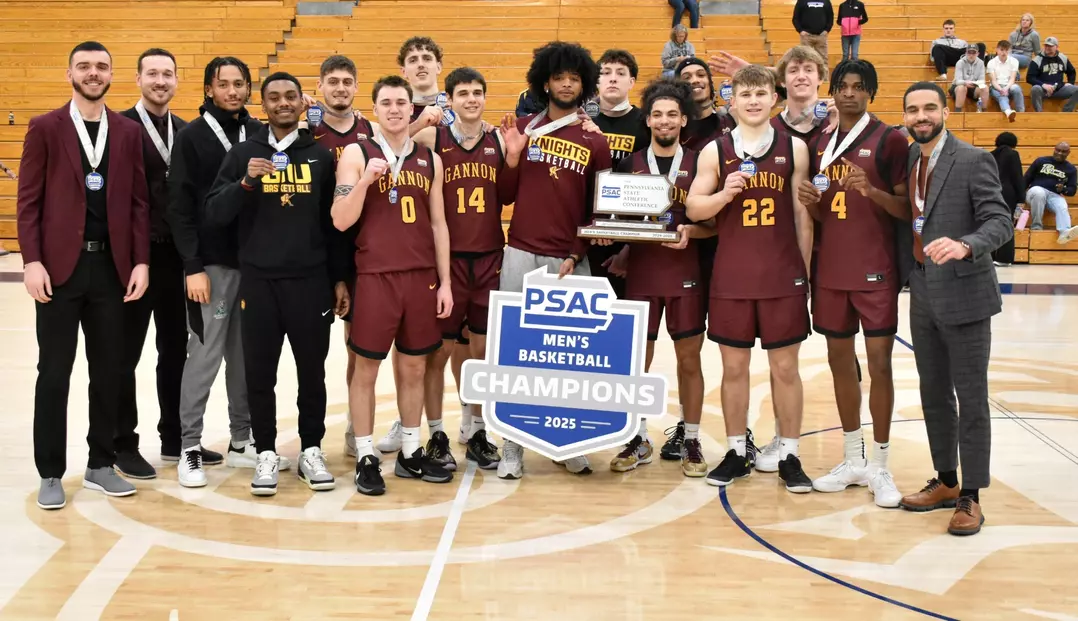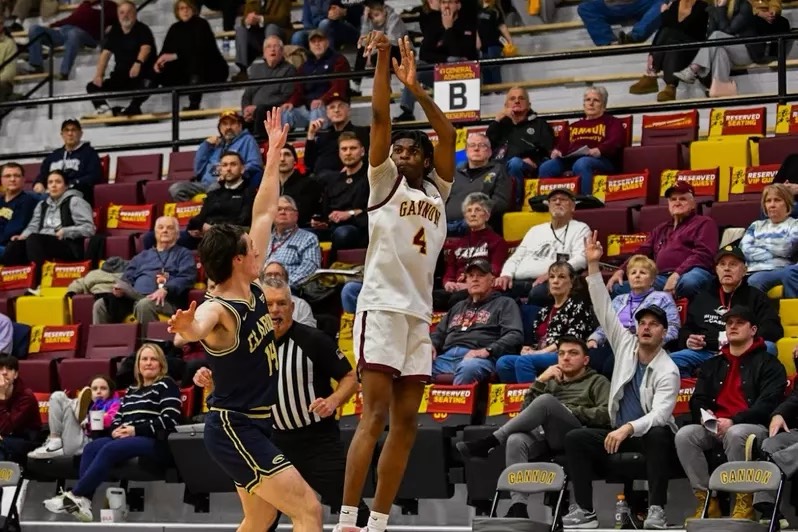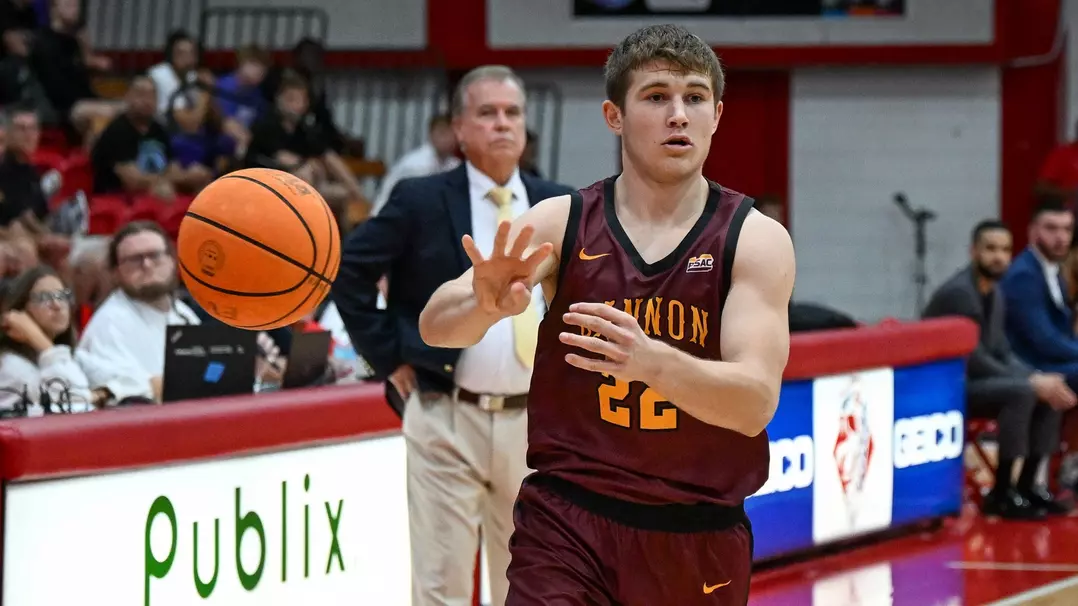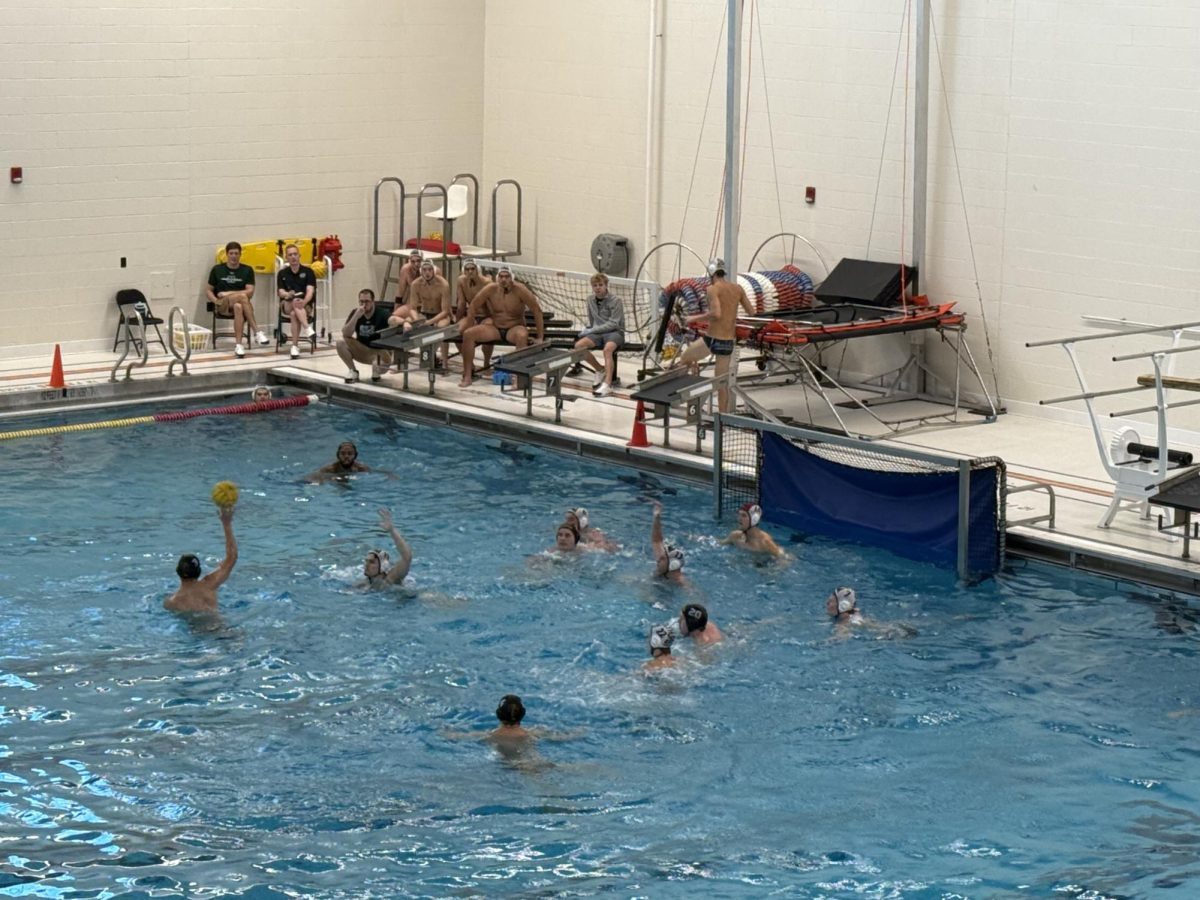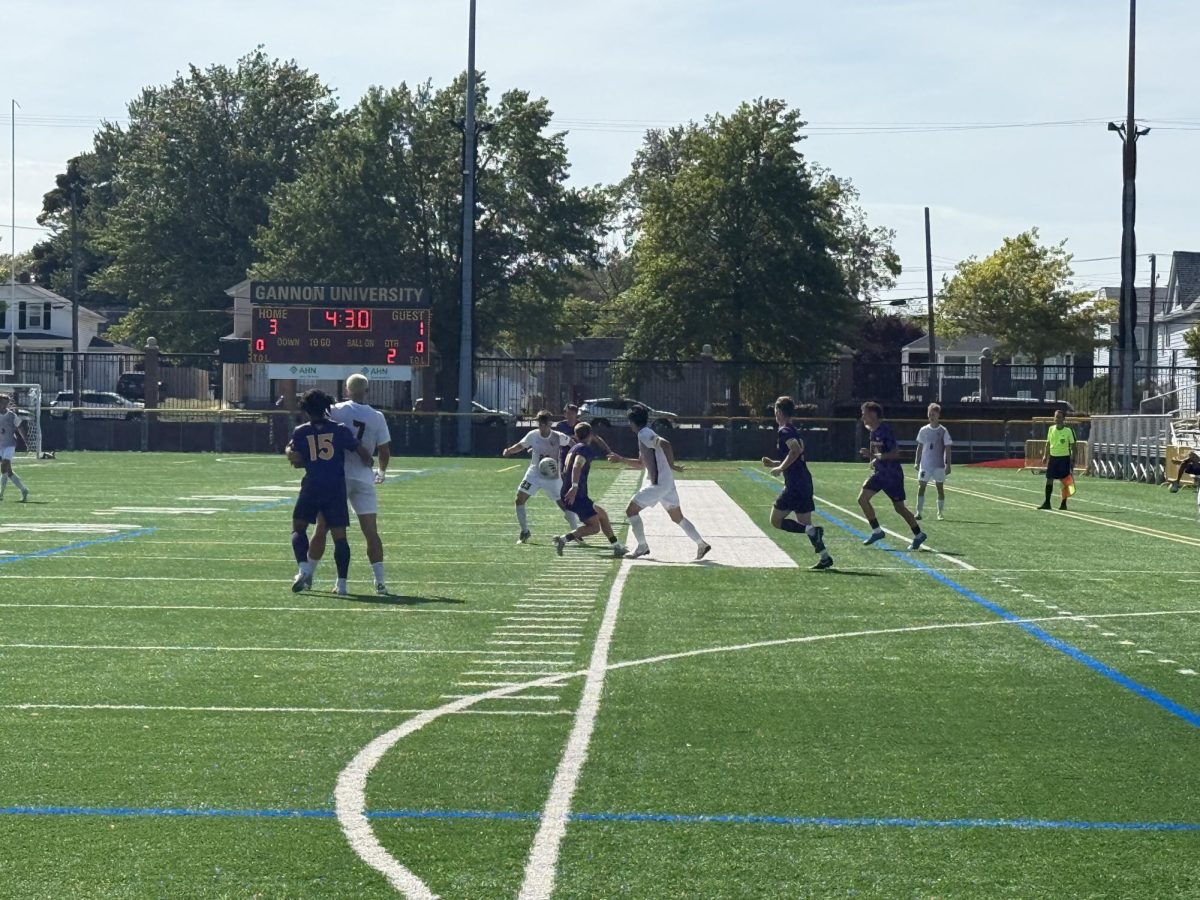It’s a sensation that’s sweeping, overtaking, and dominating the nation. And there are a number of theories as to what is so alluring about March Madness.
How about the possibility of a perfect bracket? It’s a feat that has eluded millions upon millions of entries since brackets were first penciled in. There are over nine quintillion – which is a nine followed by 18 zeros – possible combinations.
If you know a thing or two about basketball, there are mathematicians who say there is still only a 1 in 128 billion chance. And to top off the international fame one would assuredly gain from attaining the perfect bracket, Warren Buffet offered up a billion dollars to whomever achieved it.
As of this writing, however, every bracket had at least one blemish after the Mercer upset over Duke, along with a few other surprises.
Or maybe the reason everyone adores the NCAA Tournament is the star potential. Whether it be Carmelo Anthony or John Wall, stars arise on their way through March – and it ends up being a stepping stone of sorts for both the players and the fans. The players get the chance to ride off into the sunset before they go off to the pros; the fans are exposed to the stars of tomorrow who will endure for years to come in the NBA.
What about the undeniable understanding we all feel and connect with the underdog? The “Cinderella” is one of the things that lasts forever – it transcends time.
I read an article recently in ESPN The Magazine covering the 1989 Georgetown/Princeton matchup. Princeton, a No. 16 seed, took it down to the wire with Georgetown, a No. 1 seed, missing a floater with only seconds remaining that would have won the game; this game arguably captivated the entire country in March Madness for years to come.
In an age when there was no Twitter and the closest thing to social media was actual social interaction on a telephone, everyone told everyone to stop what they were doing and watch this game.
Amazing.
A more contemporary example would be last year’s Florida Gulf Coast University, which managed to become the first No. 15 seed to make it to the Sweet 16.
It’s all anyone talked about – the nickname “Dunk City,” young kids saying they wanted to go to FGCU for their college studies, and even Nike Elite socks in their recognition. Anyone who has ever been underestimated could relate to these underdogs.
There’s the small, material things, too: the gambling it provokes, simple human psychology when it comes to tournaments, something to do at work instead of, well, work.
But I’d like to think it’s more than those miniscule things that draw us all to our televisions, smart phones, and laptops for those couple of weeks in March and April. I think the No. 1 reason the NCAA Men’s Basketball Tournament is so enticing can be summed up nicely by something I saw this past weekend.
During the Kansas-Stanford game, Stanford took a two-possession lead with less than 30 seconds left; it seemed insurmountable for Kansas. CBS flipped the camera over to a young boy who was covered head-to-toe in Kansas apparel. Realizing his team’s demise, the boy began to bawl his eyes out.
Conner Frankamp, a freshman guard for the Jayhawks, hit a 3-point jumper. Cameras went back to the boy, who now had no tears, but eyes wide and filled with hope. With three seconds left, Frankamp missed a last-chance 3-pointer that could have tied it up; we see the young boy once again with tears falling down his face.
And that’s why we love March Madness: in less than 30 seconds it can draw out every human emotion, from one extreme to another.
And that is a beautiful thing.
ANTHONY WATSON


